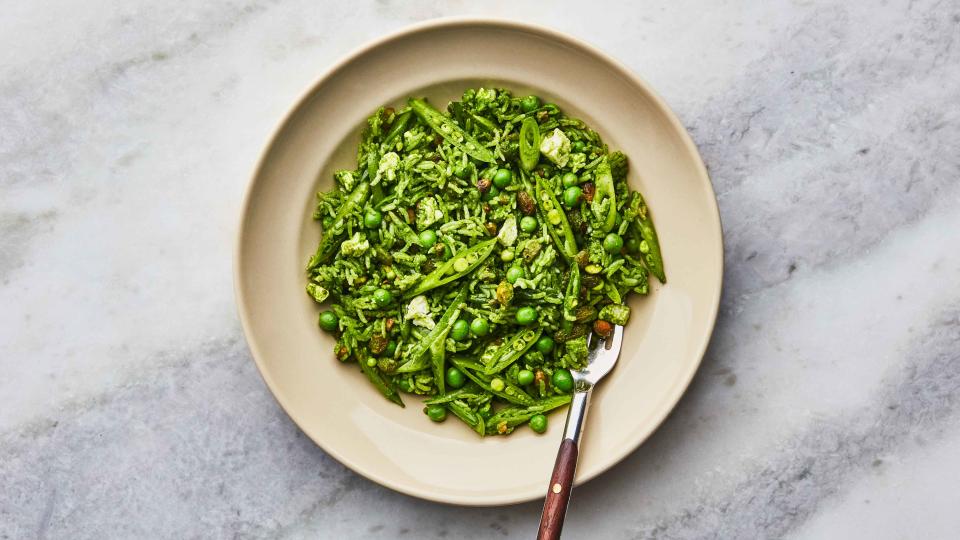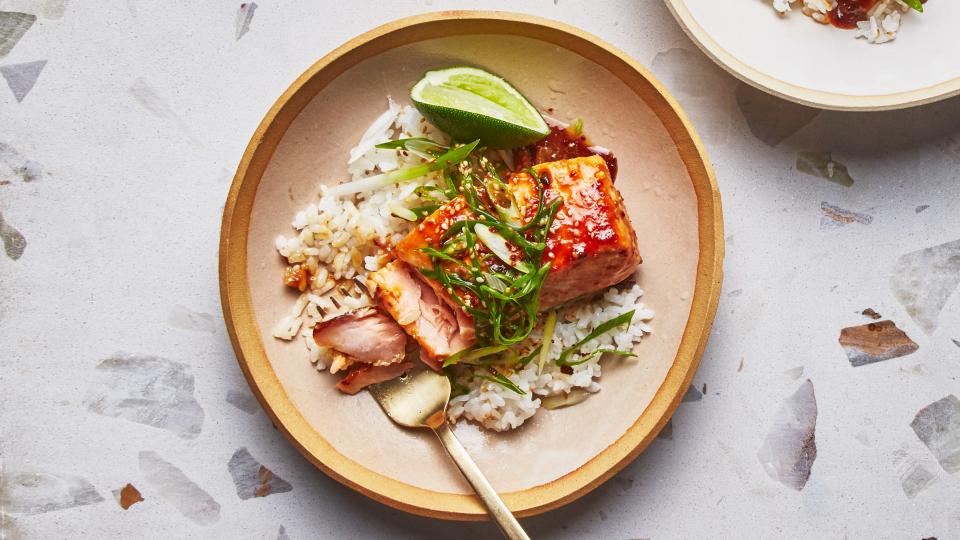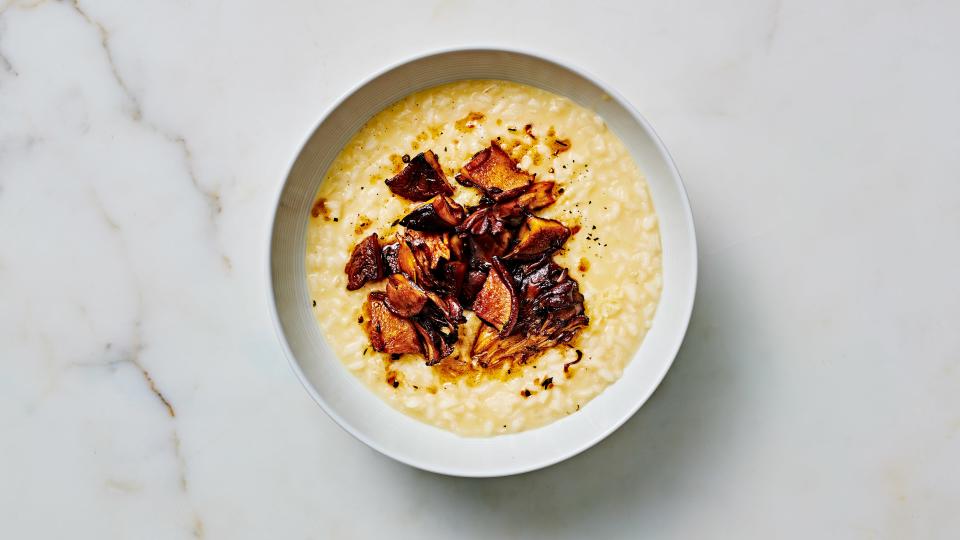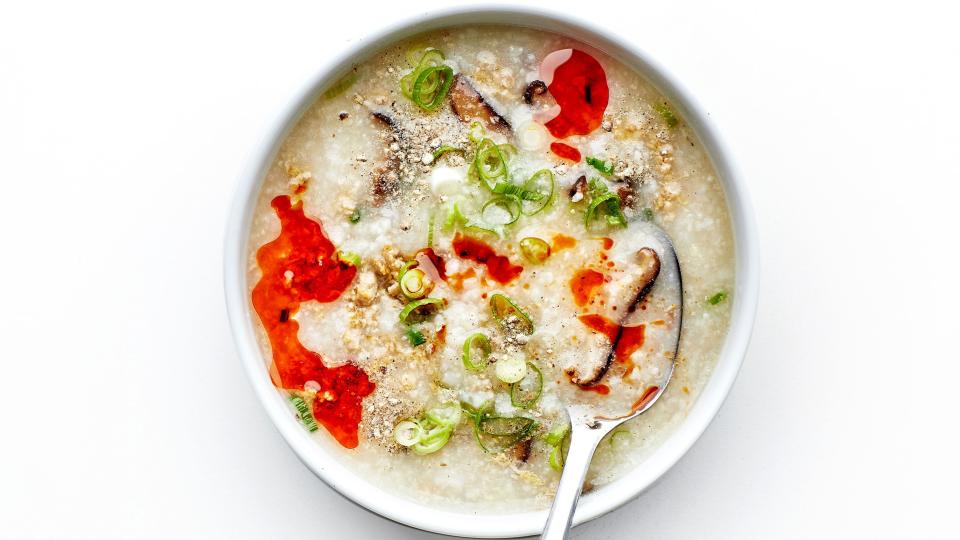There are 40,000 Types of Rice in the World—Here's How to Pick the One You Need
If you’re overwhelmed by the number of non-milk milks at the grocery store, envision the rice aisle, with its impenetrable wall of bags and boxes. And just think, you’re only glimpsing a fraction of what’s available: There are over 40,000 varieties of rice on the planet. 40,000!
The good news is that with a fairly rudimentary understanding of how rice is classified, you can pick the type of rice that’s right for the job and make a pot of whatever type you chose. (Just follow this method.)
Rice is broadly divided into three categories based on grain length—long, medium, and short. The length of the grain is indicative of the texture of the cooked rice and, consequently, its traditional preparation and use. Since the packaging will often specify the length, all you have to do is remember what it’s used for. Let’s get to it!
The three main types of rice
Long-Grain Rice
For: dry, distinct grains; examples: basmati, jasmine

Long-grain rice has a length that’s three to five times its width. (Long boi.) One of the most prized long-grain rices is the intensely aromatic basmati, which was traditionally grown in the foothills of the Himalayas. It’s slim, with an elegant curve, and can triple in length when cooked. Aside from basmati, American-grown Carolina Gold and jasmine rice, cultivated primarily in Southeast Asia, also fall into this bucket.
While the various types of long-grain rice differ in texture and aroma (jasmine rice, for example, is gummier than basmati, with a greener, grassier fragrance), they are all relatively low in starch content. That means that, when prepared with care (rinse it please!), they should come out light and dry, with distinct grains, making it the best choice for pilaf, biryani, mujadara, tachin—essentially, any place where the goal is individual, discrete grains that won’t stick to your utensil or hands.
Short-Grain Rice
For: sticky, starchy clumps; examples: Japanese short-grain, bomba, Chinese black rice, short-grain glutinous rice

Chubby, round, and starchy, the cooked grains glom together in sticky clumps. It’s typically the sort of rice that’s easy to eat with hands or chopsticks because you don’t have to pick it up piece by piece. Japanese short-grain rice, some varieties of sweet (a.k.a. glutinous) rice, often used in Southeast Asian desserts, and the less-sticky Spanish bomba (often the choice for paella), are members of this group. Where stickiness and viscosity is the point—like for creamy rice pudding, sushi that can prop up a piece of fish, or coconut sticky rice—short-grain rice is key.
Medium-Grain Rice
For: creamy moistness without starchiness; examples: Calrose (a type of japonica rice), risotto rice

Medium-grain rice is shorter and moister than long grain but not quite as starchy as short. Fluffy right after it’s cooked, it tends to clump up as it cools. Medium-grain japonica rice is often the typical “table rice” in China, Korea, and Japan, whereas medium-grain Italian rice, like Arborio, Carnaroli, and Vialone Nano, is used to make risotto: Cooked slowly, they release their starches to create a creamy, luscious dish that doesn’t leave a sticky coating on the mouth.
And now for the moment you've all been waiting for...
Can you substitute one for another?
Not a great idea. You could be flirting with disaster—use short-grain Japanese rice to make biryani and expect a gummy mess; use basmati rice to make risotto and expect grains of rice floating in broth.
Of course, if you’re browsing our recipes, you’ll see that sometimes we use different types of rice to make the same general dish: fried rice with short grain or long grain; congee with jasmine, short-grain, or even leftover cooked rice; risotto with sushi rice or Carnaroli. In these instances, multiple types will work—but to slightly different ends and with maybe slightly different cook times.
If you’re confused, just think about your final goal—do you want dry and distinct, starchy and creamy, or sticky and wadded?—then go backwards. And if you don’t love the end result, rest easy knowing there will always be another type of rice to try.
Get the recipe:
Pork and Shiitake Congee
Originally Appeared on Bon Appétit


